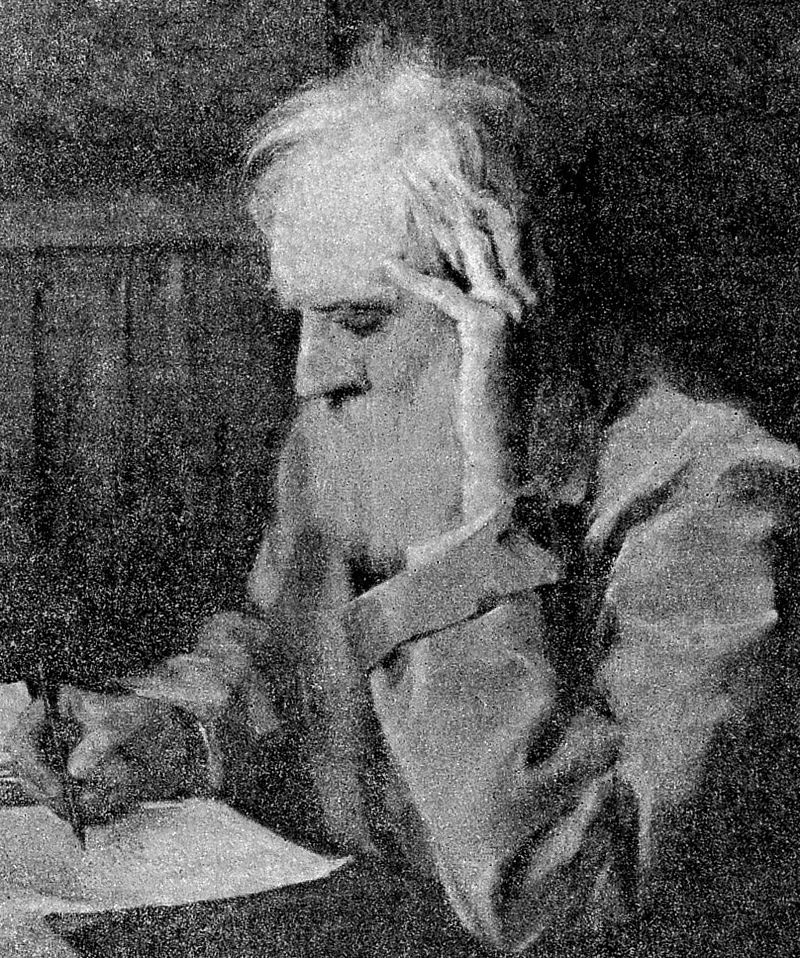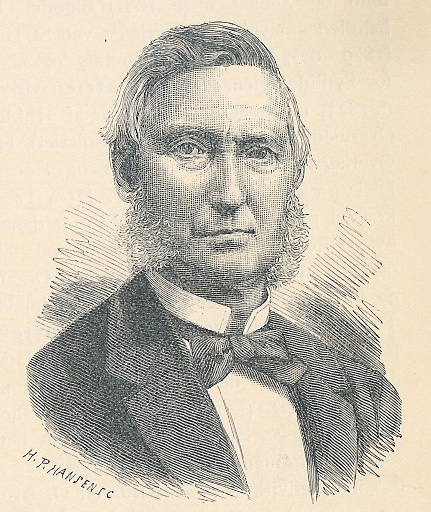<Back to Index>
- Physician Edward Ballard, 1820
- Physiologist and Pathologist Peter Ludvig Panum, 1820
PAGE SPONSOR

Edward Ballard (15 April 1820 – 19 January 1897) was a 19th century English physician, best known for his reports on the unsanitary conditions in which most of Victorian England lived.
Ballard was born on 15 April 1820 in Islington, Middlesex, the son Edward George Ballard, the English writer, and Mary Ann Shadgett. He was educated at Islington Proprietary School and at University College, London, from which he received his doctorate in medicine in 1843.
Together with Alfred Baring Garrod, Ballard co-authored Elements of Materia Medica and Therapeutics, published in 1845, the first medical textbook on what is now known as clinical pharmacology. Admitted a member of the Royal College of Physicians and Fellow of the Royal Society, Ballard is best known for his work as the Medical Officer for Health at the Local Government Board, a position in which he wrote numerous reports on the unsanitary conditions in which the masses of Victorian England lived.
In 1846, Ballard married Julia Hannah Huggons. They had three sons and two daughters. He died on 19 February 1897 at High Barnett, London.

Peter Ludvig Panum (19 December 1820 – 2 May 1885) was a Danish physiologist and pathologist born in Rønne. The Panum Institute in Copenhagen is named in his honor.
In 1846 he was chosen by the government to undertake research of a measles epidemic in the Faroe Islands. As a result of his investigations he published a classic treatise titled "Observations Made During the Epidemic of Measles on the Faroe Islands in the Year 1846". Later he studied with Rudolf Virchow at the University of Würzburg (1851), and with Claude Bernard in Paris (1852 - 53). From 1855 to 1864 he was a professor at the University of Kiel, afterwards relocating to the University of Copenhagen as professor of physiology, where he spent the remainder of his career.
Panum is acknowledged as being the first person to perform systematic and comprehensive studies of endotoxin, which he referred to at the time as "putrid poison". He believed that this substance was responsible for signs and symptoms observed in patients with sepsis.
In his studies of binocular vision, the eponymous "Panum's fusional area" is derived. This term is defined as the area on the retina of one eye over which a point - sized image can range, while still being able to provide a single image with a specific point of stimulus on the retina of the other eye. Therefore, the region in visual space that we perceive "single vision" is Panum's fusional area, and objects in front and behind this region exist in physiological diplopia (double vision).